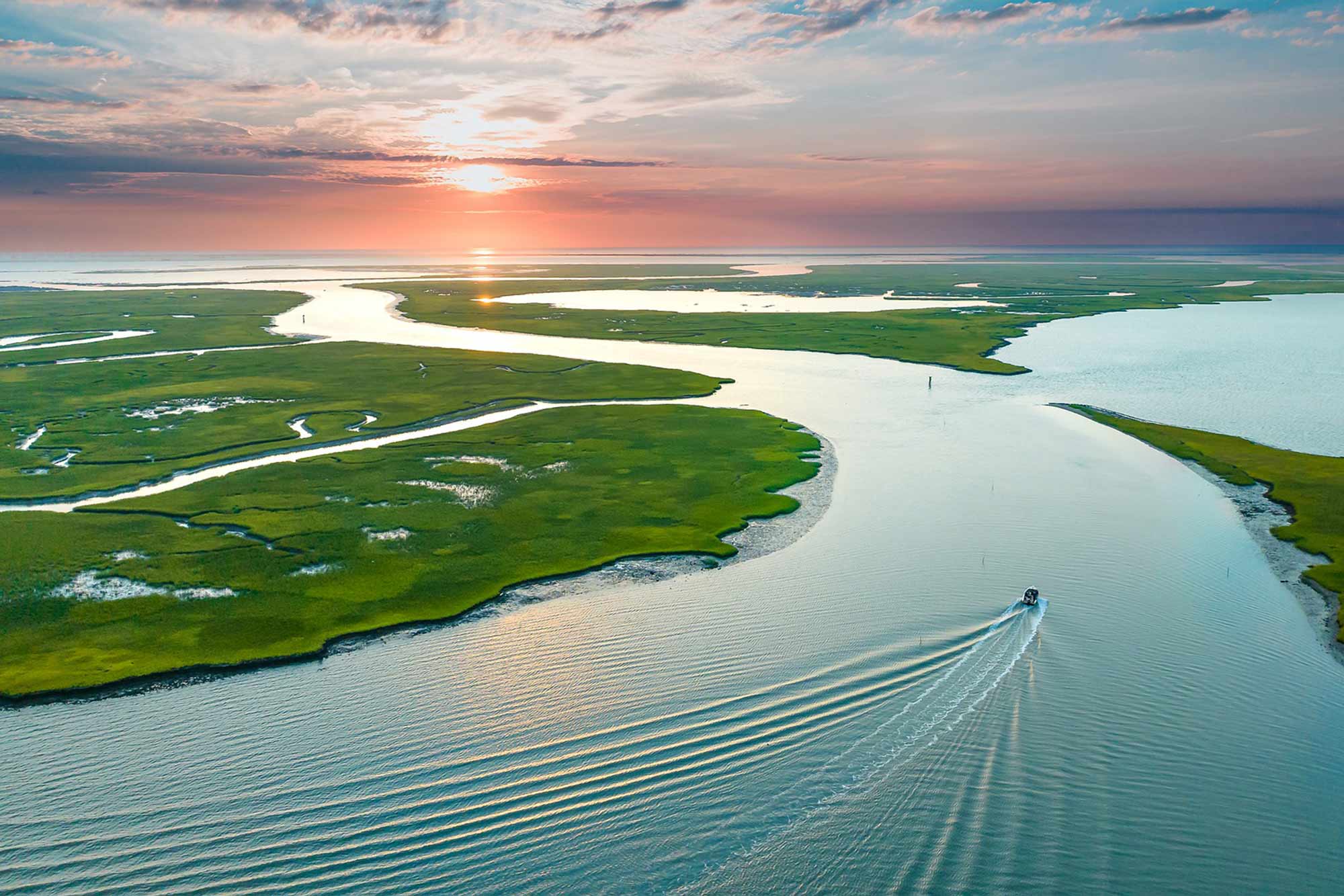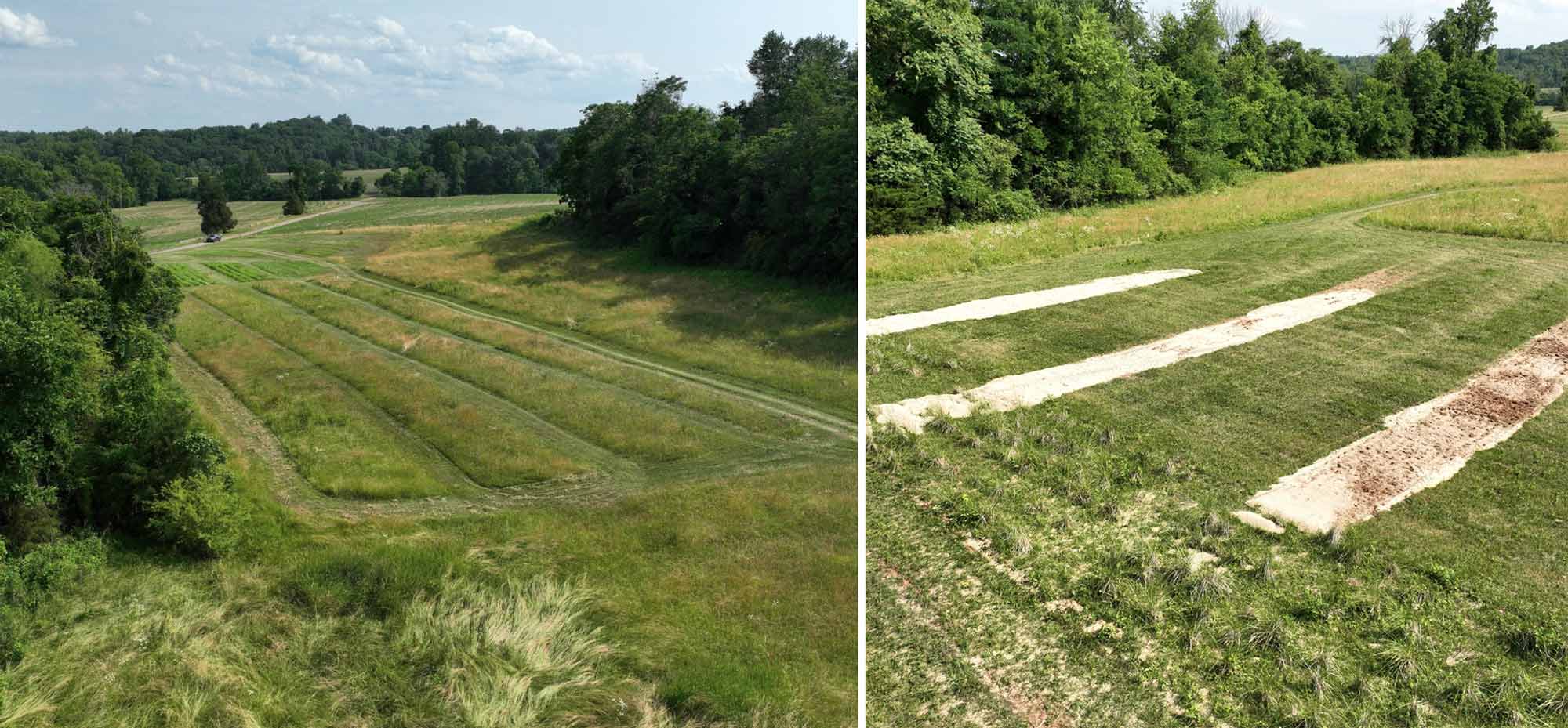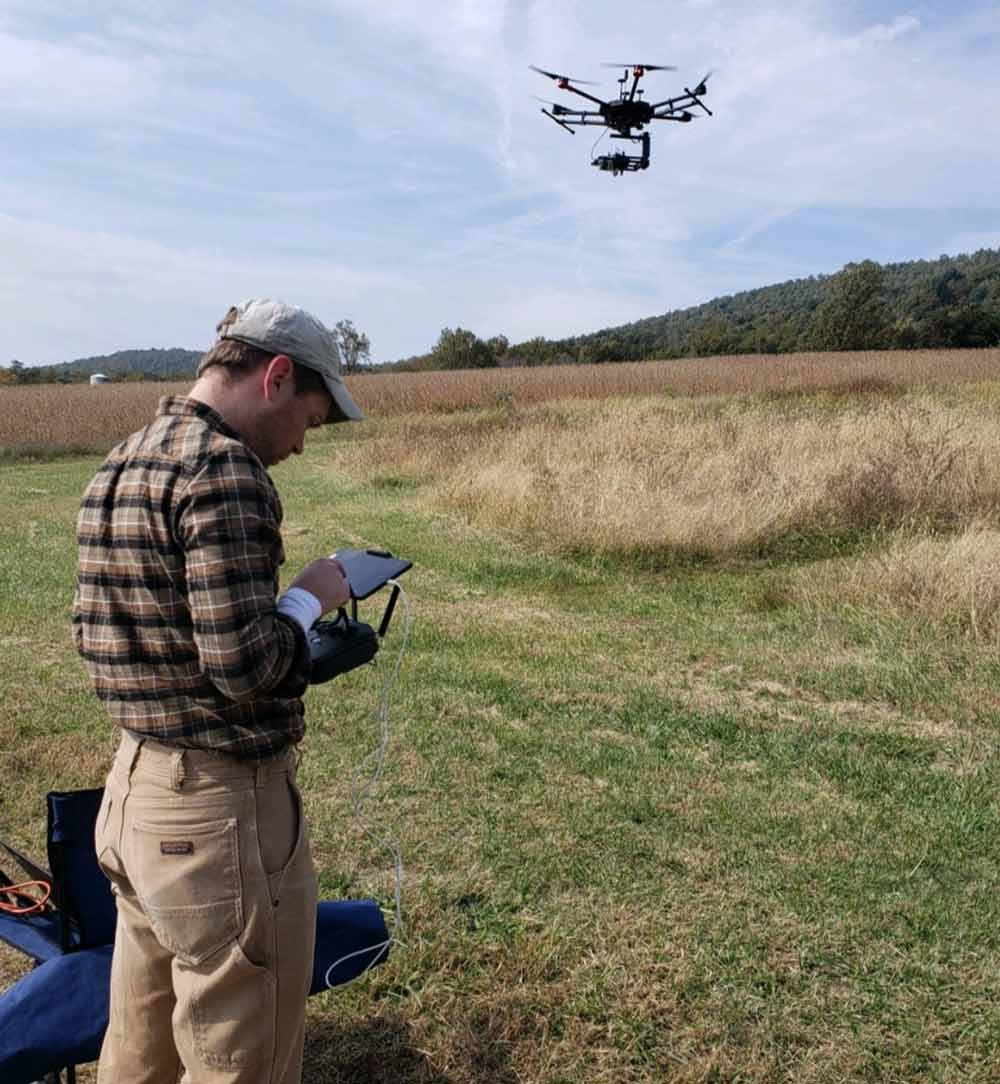The Chesapeake Bay creates a challenge. The bay is fed by more than 150 rivers and streams, is home to more than 300 species of fish, shellfish and crab species and a wide array of wildlife, and generates more than $10 billion a year through agriculture.
More than 17 million people live in this area in a landscape with tremendous ecological, cultural, economic, historic and recreational value that’s deeply affected by climate change. It’s also deeply affected by human culture.
“You see how infrastructure both influences and becomes a part of the culture,” Luegering said. “People go to take photos of Venice, which was created by people learning to live in a lagoon. At its best, infrastructure forms these rich and robust traditions, but also has the power to divide and disenfranchise, as has been the case of many single-purpose flood control projects. The reverence and learning we get from interacting with our environment is a fundamental part of where nature-based infrastructure can take us.”
Traditional infrastructure has its limits. Often dams, levees and other structures provide a sense of security that overshadows changing environmental conditions. Even Venice, Luegering noted, is dealing with subsidence and other natural issues.
“In contemporary culture, we build things and they become an afterthought. People don’t see the changing nature of the environment they live in. Hardened infrastructure tends to hide the small-scale changes,” Luegering said. “We need to respect some of these environmental changes a little bit more and start incorporating them into the culture we live in. One way to do this is by incorporating infrastructure that flexes with changing conditions back into our public domain.”
Luegering said natural infrastructure designs do not preclude using traditional methods.
“There is a danger that we overcommit culturally to it because we think it’s like a nicer version of a concrete wall, but it is substantially different,” he said. “Some will think, ‘If I build a marsh, I won’t have to have a seawall.’ Unfortunately, that is fundamentally not true. As in many things, changing conditions will require a careful balance.”
Luegering said landscape architects once played a more important role in developing infrastructure, which over time has become the domain of civil engineering. The partnership with the Corps of Engineers is a return of sorts.
“In recent history, landscape architects have reemerged in this realm,” he said. “What I’m most proud and excited by at UVA is our role in leading the research and development to develop more knowledge and new approaches to design and implementation of natural infrastructure.”













